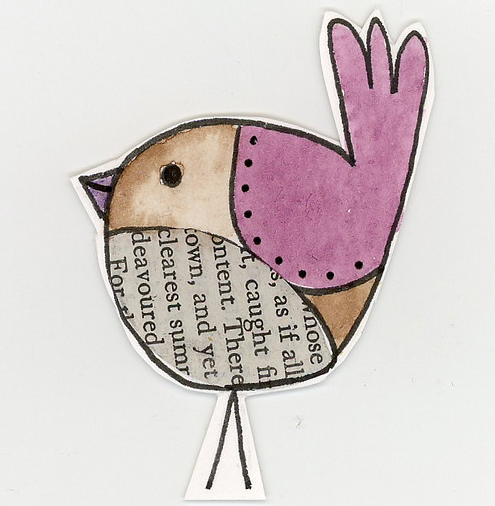Generative learning is a theory based on the active process of linking new knowledge and old knowledge. A process we all do in order to learn and remember new things. Along with organization of knowledge, it involves recall, integration, and elaboration.

- Organization consists of categorizing, outlining, analyzing, clustering, and mapping
- Recall consists of pulling information out of long-term memory
- Integration involves transforming knowledge to an easy to remember, more usable form
- Elaboration involves applying new with old and can be done through various methods, including: free writing, slides, bulletin boards, mental images, and physical diagrams
To apply this theory to the classroom, teachers must help build the links so that students can start the process of generative learning. Generative Learning Theory is based on constructivism principles, which can be encouraged with repetition and positive reinforcement.
As with all learning theories above can be applied to the classroom, therapies, and home learning. It seems no matter how children are learning the primary focus should be long-term retention. Although it is true that we naturally learn through self-adaptation and absorption (pieces of cognitivism and Social Cognitive theory), it is also very probable that we need additional outside help to successfully continue to build our knowledge base.